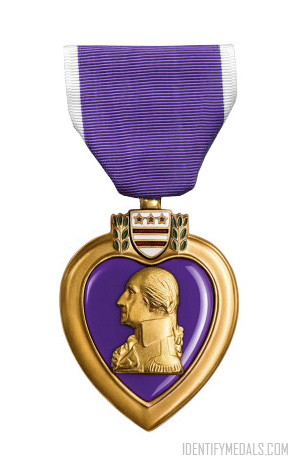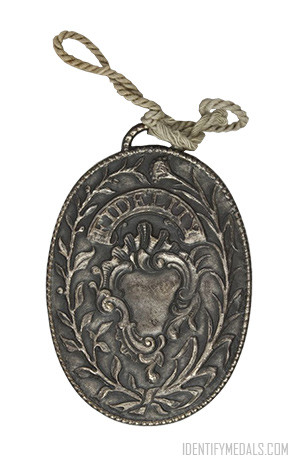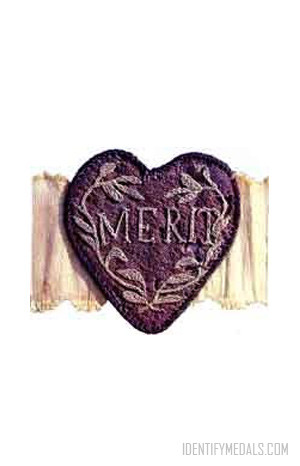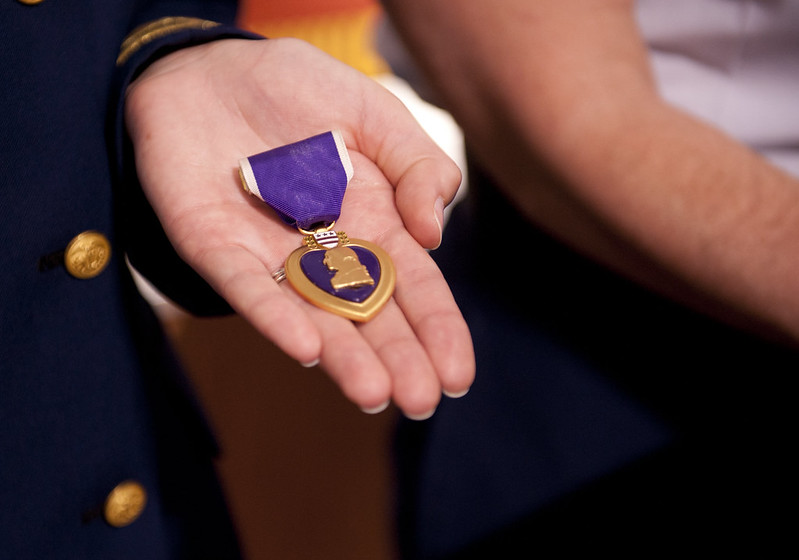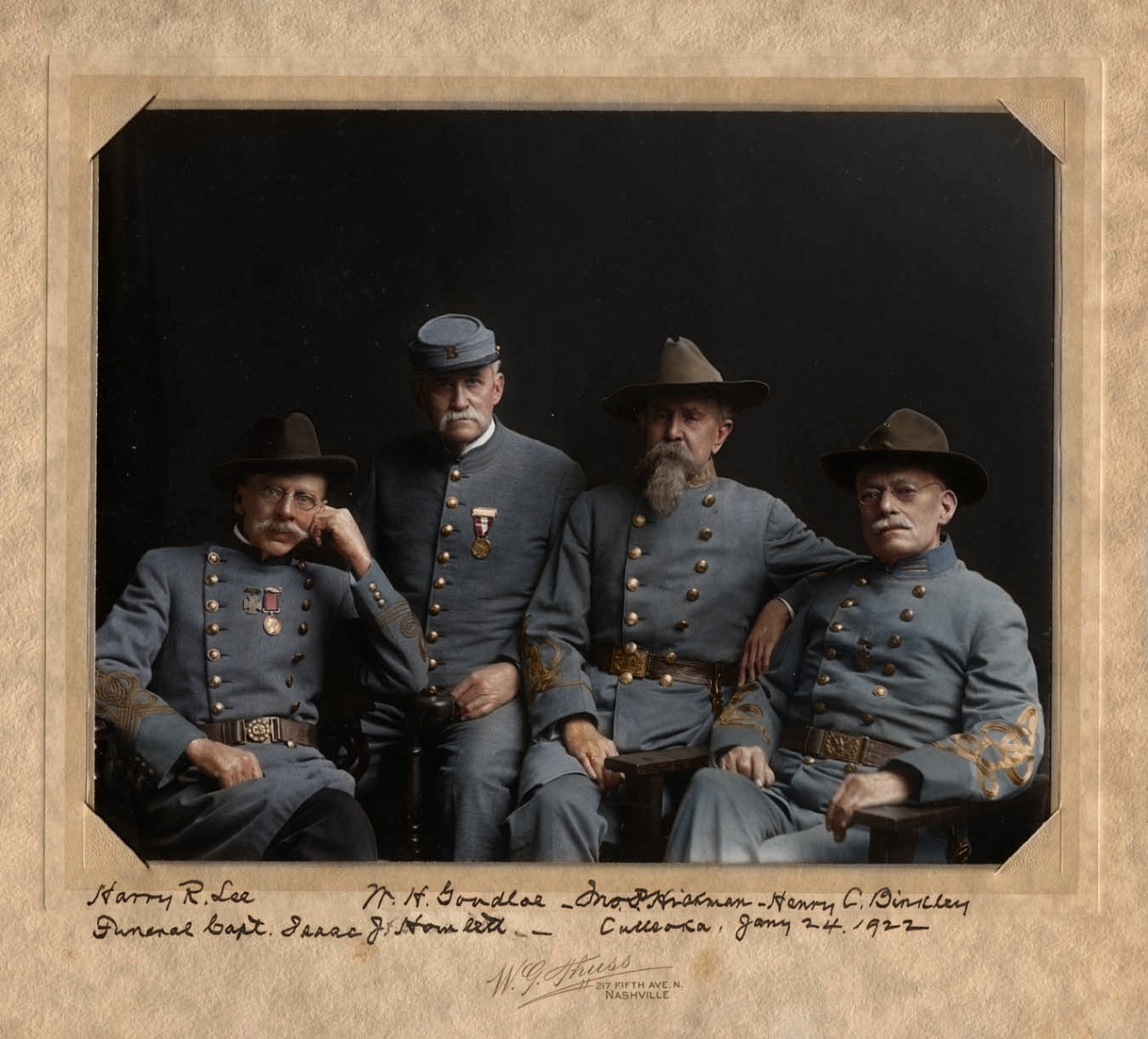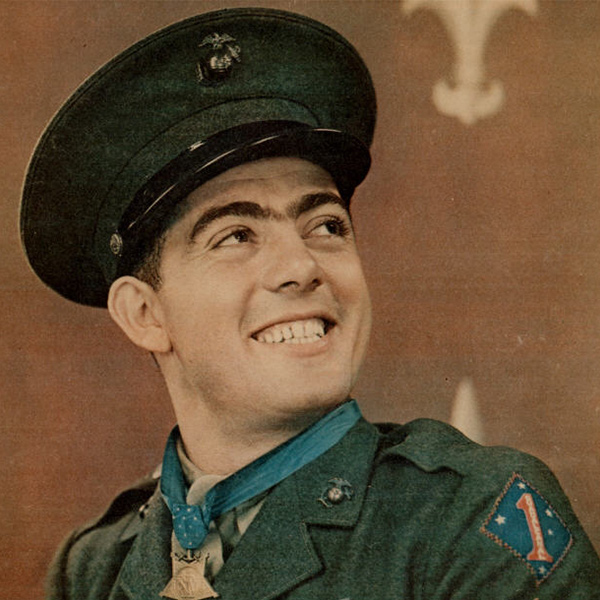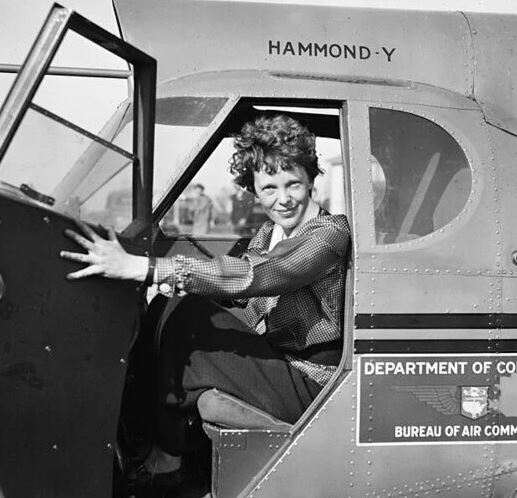August 7 may not be a significant day to you, but over 230 years ago, General George Washington established the Badge of Military Merit, which we know today as the Purple Heart. This was August 7, 1782, and the medal is still awarded today!
What's the Purple Heart?
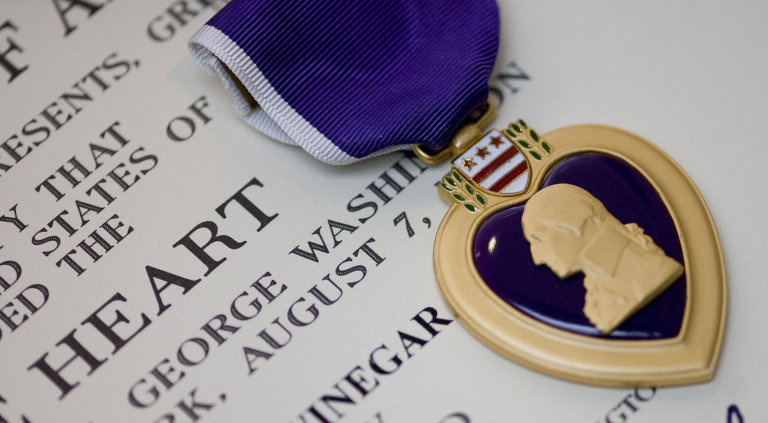
While the Fidelity Medallion was created in 1780 by the Continental Congress and thus preceded the Purple Heart, it was only awarded to three soldiers in that year and was never again bestowed. For this reason, the Badge of Military Merit and later the Purple Heart is considered to be the first U.S. military decoration.
Before 1782, military awards throughout different countries were almost exclusively given to officers to had achieved significant victories in battle. The Badge of Military Merit was one of the first awards in military history that could be awarded to enlisted soldiers or noncommissioned officers for “unusual gallantry in battle” as well as “extraordinary fidelity and essential service,” in Washington’s words.
Three Continental Army noncommissioned officers—Sergeant Daniel Bissell, Sergeant William Brown, and Sergeant Elijah Churchill—received the Badge of Military Merit for spying and acquiring intelligence, gallantry during assaults on the British positions at Yorktown, and heroism during two raids against British fortifications on Long Island respectively. Then for 150 years, the Badge of Military Merit fell into oblivion and was not awarded.
The New Version of the Badge of Military Merit
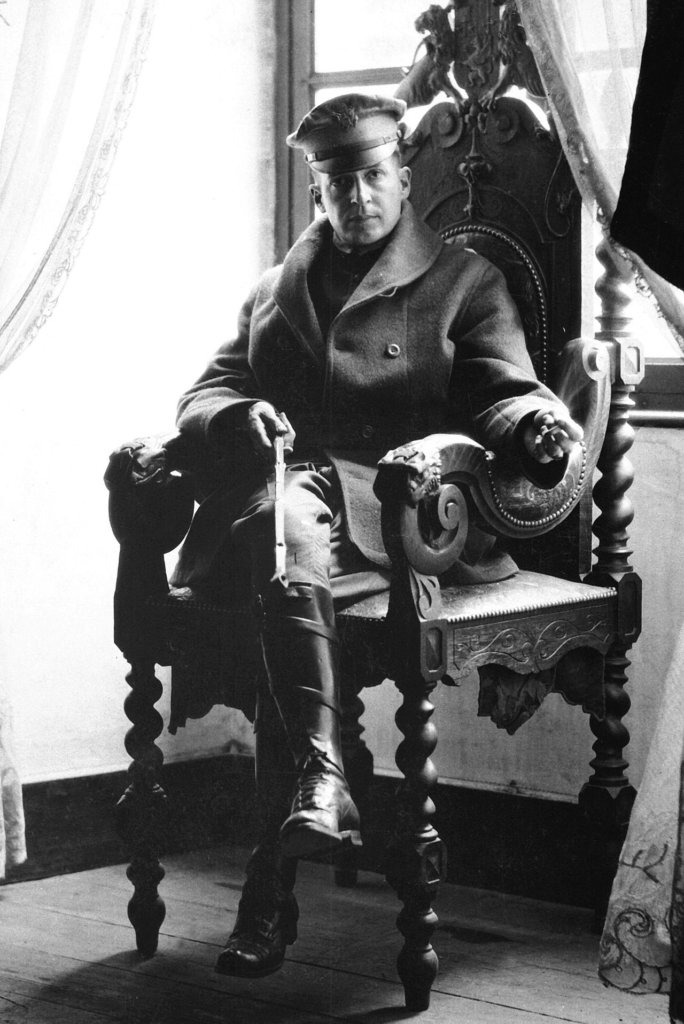
In 1932, General Douglas MacArthur spearheaded an effort to revive and rename the award in time for the bicentennial of George Washington’s birth. Working with the Washington Commission of Fine Arts and Elizabeth Will, a heraldry specialist in the Army’s Office of the Quartermaster General, MacArthur designed the award to commemorate bravery—its original goals—as well as recognition of soldiers with wounds.
In MacArthur’s estimation, a soldier had to demonstrate bravery if he received wounds from the enemy. In July 1932, MacArthur would receive the first Purple Heart—Purple Heart No. 1—as Arabic numerals were impressed on the edge of all pre-World War II Purple Hearts.
Originally, the award was only for wounds, as MacArthur saw the award as recognizing superior service of the living, the Purple Heart was modified on April 28, 1942 to allow posthumous award due to the significant loss of life. Several months later on September 4, 1942, the War Department designated the Purple Heart exclusively for wounds or deaths in combat.
It was not until during World War II in 1944 that the qualifications for receiving a Purple Heart were changed to what we know it for today: an award that is given to recognize those wounded or killed in combat. Since 1944, the military has modified the award some, clarifying what constituted a combat wound or death, including service members wounded in acts of terrorism as well as soldiers injured in friendly fire.
In the 1950s, there was controversy regarding awarding the Purple Heart for frostbite. While soldiers and sailors were not given the medal for that condition, aviators did award the Purple Heart for frostbite. This was later changed, removing frostbite as an eligible injury. In 1989, a similar controversy arose when a soldier suffered heat stroke during an invasion in Panama and received the Purple Heart. Due to the outcry from veterans, heat stroke was removed as an eligible injury.
On February 23, 1984, President Ronald Reagan signed an executive order that allowed the Purple Heart to be issued for injuries due to acts of terrorism. Similarly, in 1996, regulations were changed to allow prisoners of war to receive the Purple Heart.
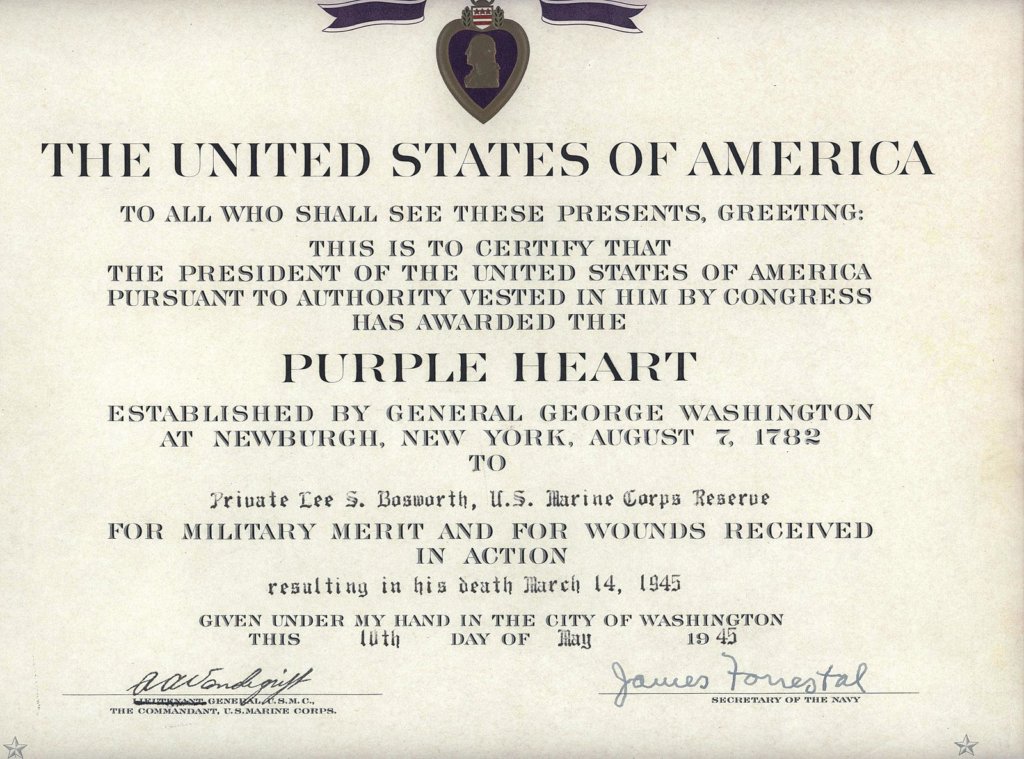
Finally, in 2008, military members can receive the Purple Heart if they have a mild traumatic brain injury due to an IED, for example, if minimum medical treatment was required. PTSD, however, is not a condition for receiving the award, as a Pentagon panel decided that it is a secondary effect of enemy action that wounds a soldier.
What is unique about the Purple Heart is that it is an entitlement and does not depend upon the recommendation of a superior officer. Any service member that meets basic criteria—generally a wound that occurred during hostilities and that required treatment documented by a medical officer—will receive the Purple Heart. Since the Purple Heart’s reestablishment in 1932, over 1.8 million Purple Hearts have been awarded to airmen, Marines, sailors, and soldiers.
While individual service members can apply for the award, it is more common for command superiors to submit an awards package that demonstrates that a particular service member has met the criteria for the award. Even so, the process can differ by branch and theater of operations.
Awards By War
In the years that followed between 1932 and the first issue of the new award to MacArthur, tens of thousands of World War I veterans received the Purple Heart retroactively for actions during World War I.
The majority of the awards were given for actions during World War II with over one million service members receiving the Purple Heart during the Second World War. Also a Medal of Honor recipient, Audie Murphy was likely the most famous recipient of the Purple Heart during World War II and was awarded three Purple Hearts.
Over 100,000 Purple Hearts were awarded to service members wounded or killed in action in the Korean War that lasted between 1950 to 1953, while over 350,000 Purple Hearts were awarded during the Vietnam War.
Finally, over 30,000 Purple Hearts have been awarded to soldiers for wounds and deaths since 2001.
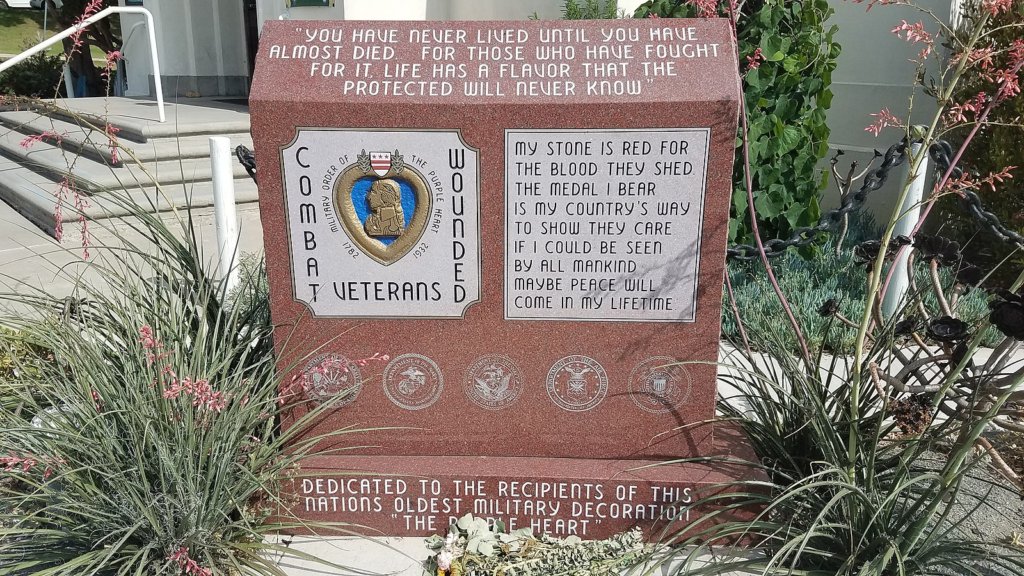
Famous Recipients of the Purple Heart
The only U.S. president to receive the honor of the Purple Heart was John F. Kennedy who was wounded in action on August 2, 1944, when the patrol torpedo boat under his command—PT-109—was divided in half and sunk by a Japanese destroyer near the Solomon Islands. Many newspapers covered his injuries, which helped propel him to success in politics in Massachusetts after the war.
While civilians are no longer eligible for the Purple Heart, war correspondent Ernie Pyle is an exception. Pyle wrote for the Scripps Howard news service, was killed in April 1945, and was awarded the Purple Heart in April 1983.
Military records suggest that General Robert T. Frederick and Colonel David H. Hackworth have been the soldiers who have received the most awards of the Purple Heart, acquiring an astounding eight awards of the decoration.
General Frederick received all of his awards during World War II, including three Purple Hearts awarded for actions on June 4, 1944 for wounds on three separate occasions by bullets that hit his thighs and right air. He received his eighth and last Purple Heart while leading a parachute assault during Operation Dragoon near Saint-Tropez, France.
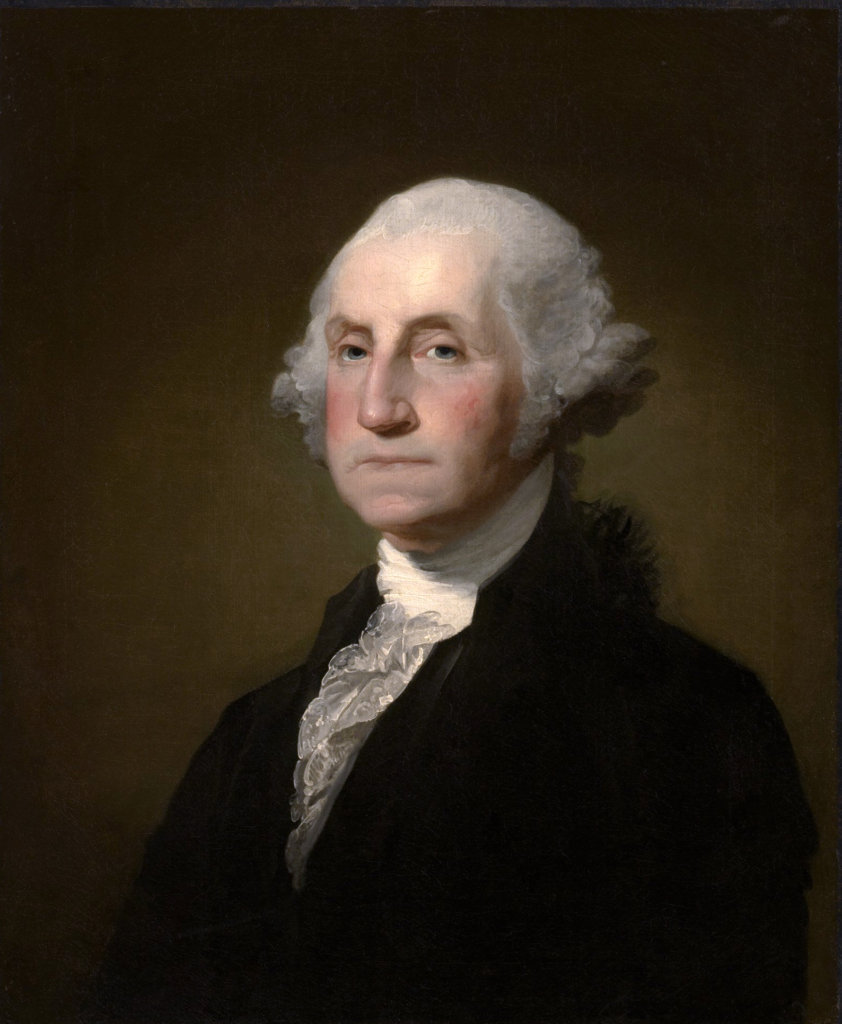
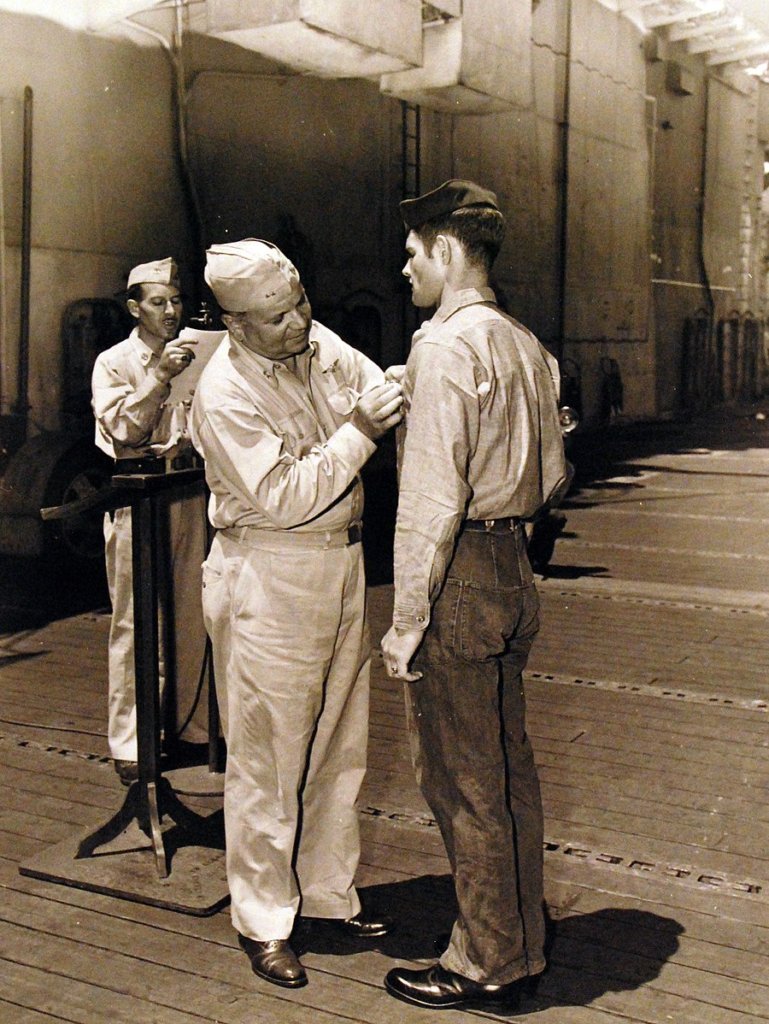
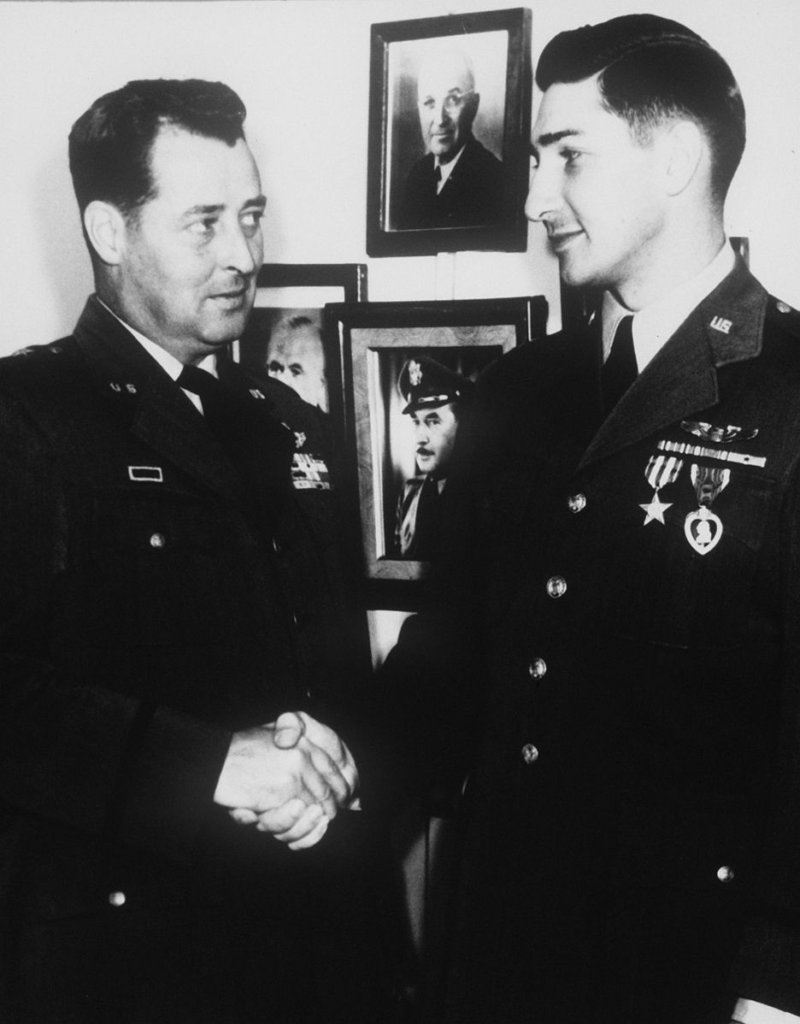
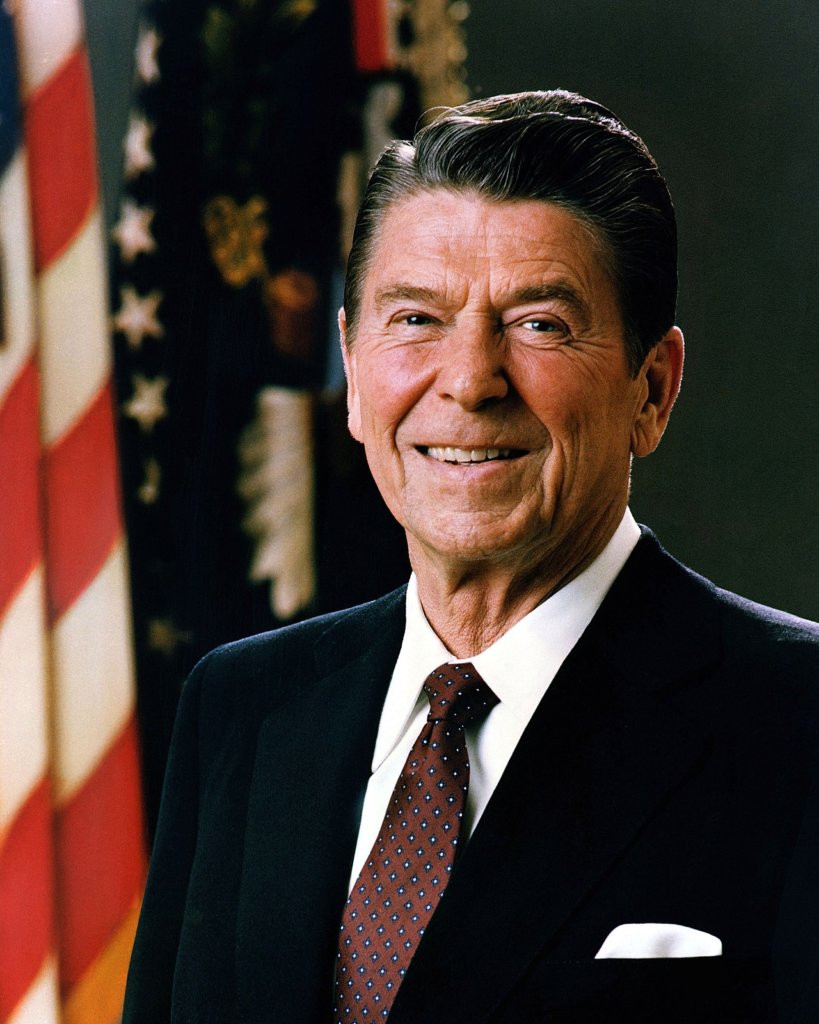
Army Lieutenant Annie G. Fox was the first woman to receive a Purple Heart for her actions during Pearl Harbor, remaining calm throughout the attack and successfully directing hospital staff to care for the wounded.
Cordelia “Betty” Cook was the first woman to receive both the Purple Heart and the Bronze Star. While working as a combat nurse at a field hospital on the Italian front, Cook sustained shrapnel wounds in 1943 but continued to work despite her injuries. She received both awards for her actions.
Some people receive their awards many years after being wounded, including Calvin Pearl Titus, who was wounded on August 15, 1900 in China, but did not receive his Purple Heart until February 17, 1955. He was seventy-six years old when he was awarded the Purple Heart, having retired from the Army in October 1930 with the rank of lieutenant colonel.
Other famous recipients include Marine legend Lewis Burwell “Chesty” Puller, John Kerry, Colin Powell, John McCain, and even animals like Sergeant Stubby the dog and Sergeant Reckless the horse.
Like the Medal of Honor, the Purple Heart is a military decoration recognized by civilians and military members alike. We could never begin to even touch on all the individuals and their actions that merited the Purple Heart due to the enormous number of recipients, but it’s important to honor those that we do know.
The next time you see a veteran with a hat that indicates he or she received a Purple Heart, take the time to stop and ask him or her about his or her story. It’s probably pretty amazing.
Sources:
- https://www.uso.org/stories/2276-8-purple-heart-facts
- https://www.military.com/daily-news/2018/08/07/complex-history-purple-heart.html
- https://armyhistory.org/the-purple-heart-the-story-of-americas-oldest-military-decoration-and-some-soldier-recipients/
- https://www.npr.org/templates/story/story.php?storyId=129711544
Guest Contributor: Rachel Basinger is a former history teacher turned freelance writer and editor. She loves studying military history, especially the World Wars, and of course military medals. She has authored three history books for young adults and transcribed interviews of World War II veterans. In her free time, Rachel is a voracious reader and is a runner who completed her first half marathon in May 2019.

